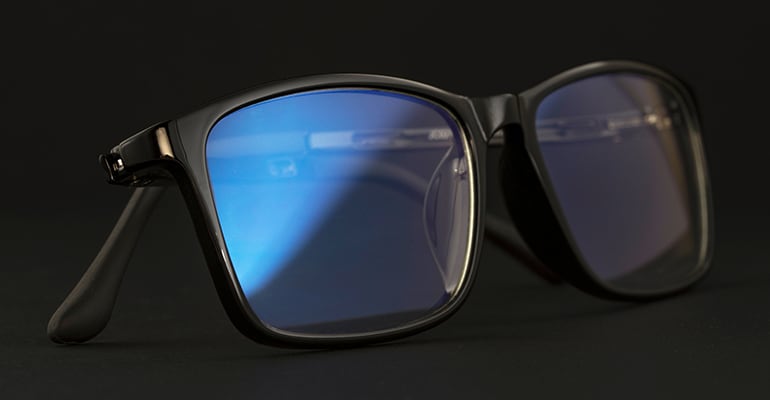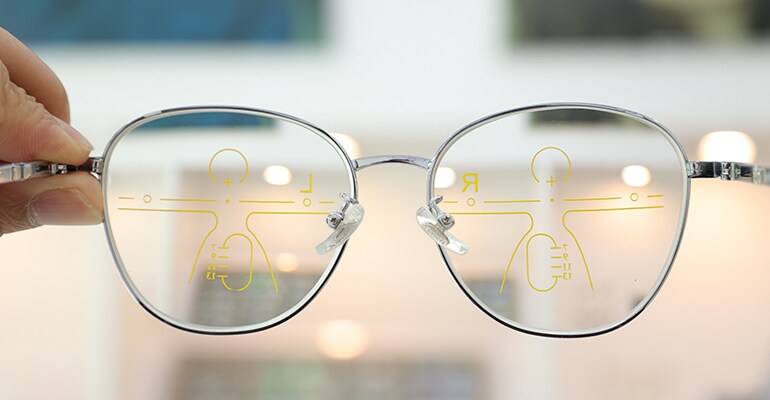Nearsightedness and Farsightedness
Jul 09, 2023
Nearsightedness and Farsightedness
Nearsightedness and farsightedness are two common vision problems that affect our daily life and work to a great extent. To help you better understand myopia and hyperopia, this article will introduce their definitions, causes, symptoms, prevention and treatment methods in detail.
Definition, Etiology and Symptoms of Myopia
Myopia, also known as nearsightedness, means distant objects cannot be seen clearly, but near objects can be seen clearly. The primary cause of myopia is an overly long eye axis or a curved cornea that causes light to focus in front of the retina rather than accurately on the retina. Symptoms of myopia include blurring of distant objects, eye strain, and headaches.
Definition, Causes and Symptoms of Farsightedness
Hyperopia, also known as farsightedness, means near objects are not clearly visible while distant objects are clearly visible. The main cause of farsightedness is a short eye axis or a flat cornea that causes light to focus behind the retina rather than accurately on it. Symptoms of farsightedness include blurred near objects, eye strain, and dry eyes.
Prevention Methods for Myopia and Hyperopia
The key to preventing myopia and hyperopia is to protect the eyes and reduce overuse of the eyes. First, it is essential to maintain good eye habits and avoid staring at close objects for a long time or gazing into the distance for a long time. Secondly, it is important to maintain good posture and avoid pressure on the eyes from poor posture such as lowering the head and bending over. In addition, outdoor activities and eye exercises also have a positive effect on preventing myopia and hyperopia.
Treatment for Myopia and Hyperopia
The main treatments for myopia and hyperopia include wearing glasses, using contact lenses and undergoing vision correction surgery. Wearing eyeglasses is the most common correction method and can be fitted with the right amount of prescription for the individual's vision. Contact lenses provide more natural-looking vision, but their use requires hygiene and proper wear. Vision correction surgery is a more permanent solution, and can be done through laser surgery or implantation of an artificial lens to improve vision.

Precautions for Maintaining Eye Health
In addition to preventing and treating nearsightedness and farsightedness, it is important to keep your eyes healthy. First, it is important to maintain a good eye environment and avoid prolonged eye use, excessive eye use and eye fatigue. Secondly, it is important to pay attention to eye hygiene, wash your hands regularly, avoid rubbing your eyes and wiping them with force. In addition, it is important to maintain a good nutritional balance and consume enough vitamins and minerals to help with eye health.
Eyeglasses for Nearsighted and Farsighted People
1. Blue light blocking glasses
Blue light blocking glasses are reflecting harmful blue light or absorbing harmful blue light so as to achieve a blocking effect on blue light and effectively reduce the continuous damage of blue light to the eyes. Blue light blocking glasses can enhance the visual contrast sensitivity of the human eye and improve visual function.

2. Progressive glasses
Progressive glasses are a type of multifocal glasses. In addition, there are bifocal lenses. Progressive glasses are perfect for those who do not like to switch from presbyopia to distance vision glasses. If you have both nearsightedness and farsightedness, then it is recommended that you consider progressive lenses.
Progressive lenses do not have the clear boundaries that bifocal prescription glasses can see. Progressive lenses are considered to be more modern and aesthetically pleasing than traditional bifocal glasses. At GlassesShop, there is a wide variety of progressive lenses and frames available online that can be easily adapted to online progressive eyewear. These frames are available in a variety of materials, colors and prices, leaving you with plenty of options to choose from.

In summary, nearsightedness and farsightedness are common vision problems for us, but by understanding, preventing and treating them, we can better protect our eye health. The key to preventing nearsightedness and farsightedness is to protect your eyes and reduce overuse of them. If you develop myopia or farsightedness, glasses, contact lenses and vision correction surgery are all effective treatments. In addition, it is important to take precautions to keep your eyes healthy.
